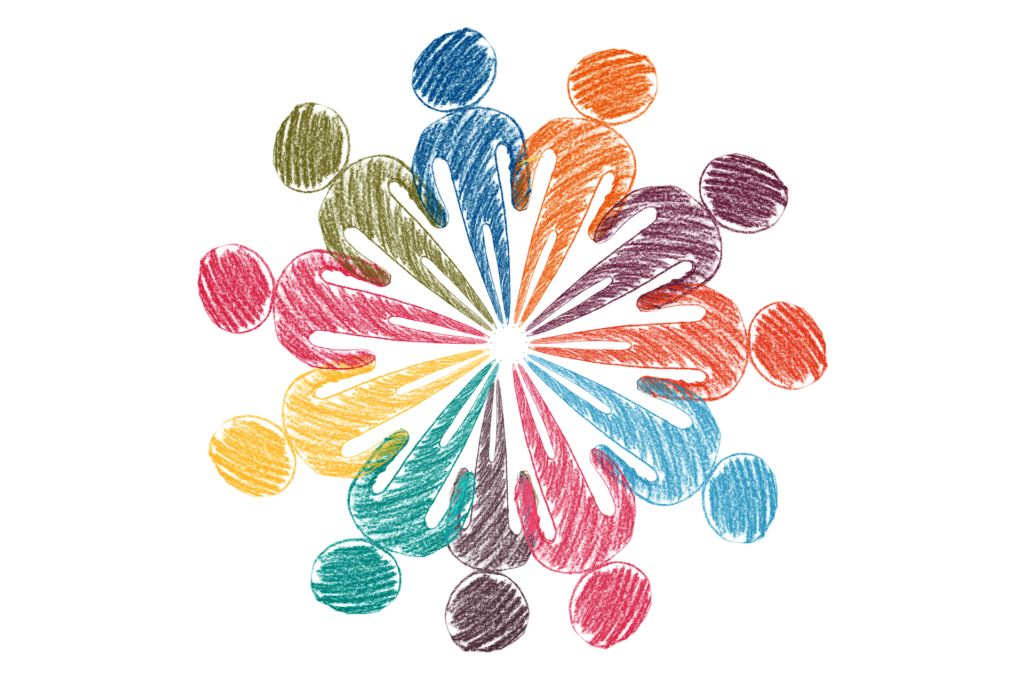
Group work is essential in the classroom. It allows students to learn content, learn from each other, and learn valuable social skills from each other. Cooperation, collaboration, communication, problem solving, taking turns, and active listing are just some of the many social skills that group work supports. With that said, often times they go awry. Students argue, some shut down, some try to take over the group dynamics, and some just check out, totally overwhelmed.
Creating amazing group projects is important for learning and engagement. It is just as important to put just as much thought into group dynamics within projects. It is important to consider the personalities, learning style, and communication style of students within the group. Here are five of the most common personalities in relation to group work.
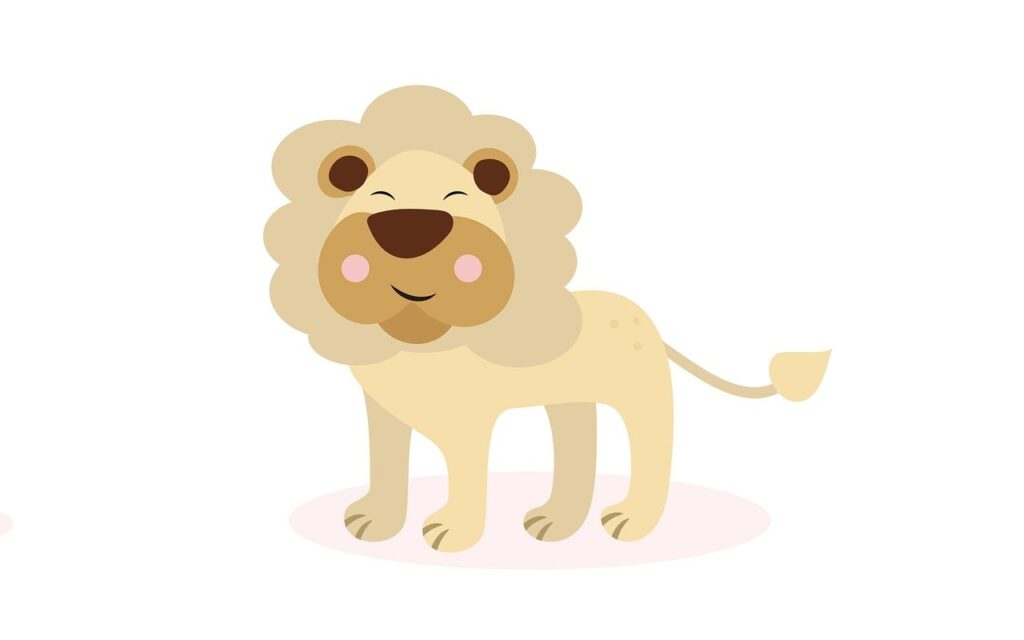
Lions loves to oversee groups and making decisions about the progress of the project/ activity. At their best, they help keep the group organized an on task and help make decisions on how to move forward with the project/activity. At their worst, they are inflexible and unwilling to hear the opinions of others. They want to control the entire project and are inflexible to the input of others.
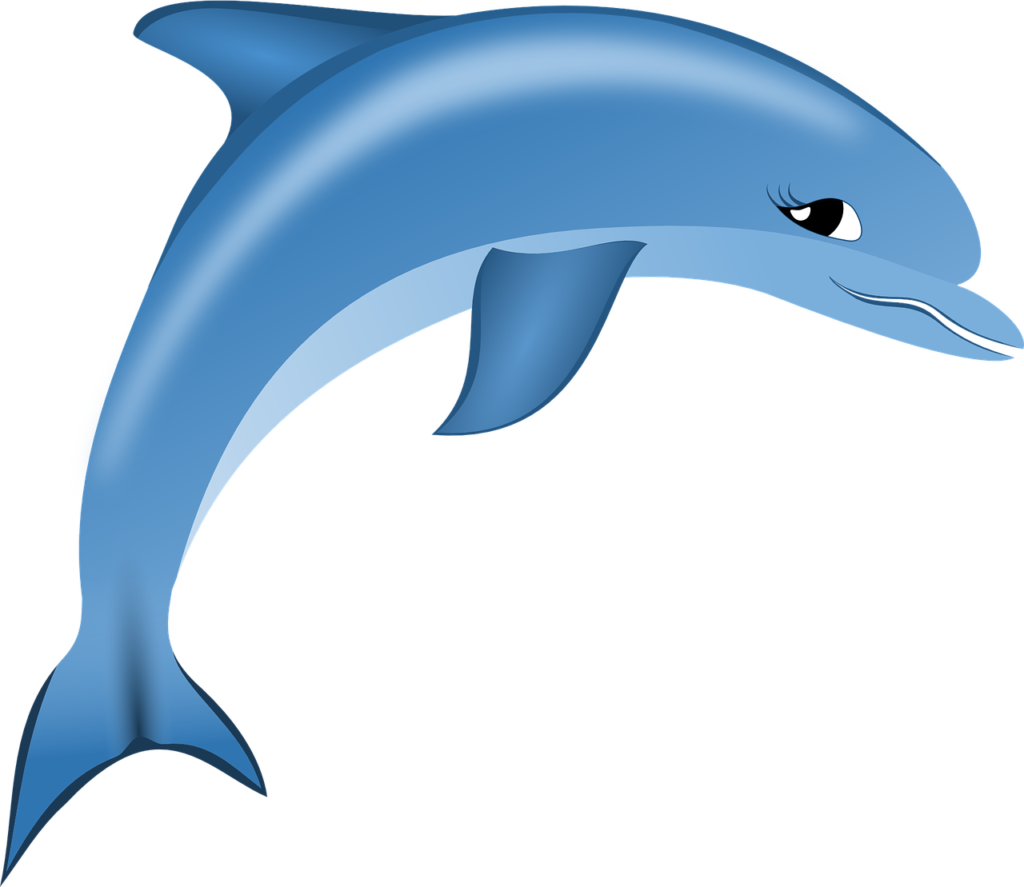
Dolphins loves to make the project fun for everyone involved. They are super creative and aware of social dynamics. They love people and are extremely extroverted. At their best, they add life and creativity to the project. They freely share ideas and keep the team inspired. At their worst, they lack focus and distract others in the group by being silly and making jokes. If they are not excited about the project, they become disengaged and attempt to distract others with their humor.

Sheep love people and are very aware of the group dynamic. Their focus is that there is peace and support in the group, and their focus is to maintain positive energy and forward momentum within the group. At their best, they redirect negativity within the group by changing the subject or making a positive comment. They value peace and harmony and will strive to ensure that happens. At their worst, they can become distraught if the supportive environment of the group begins to disintegrate and they feel that they have no impact or way to change the dynamic. At that point, they will disconnect from the group and add very little input until the dynamic becomes more positive.
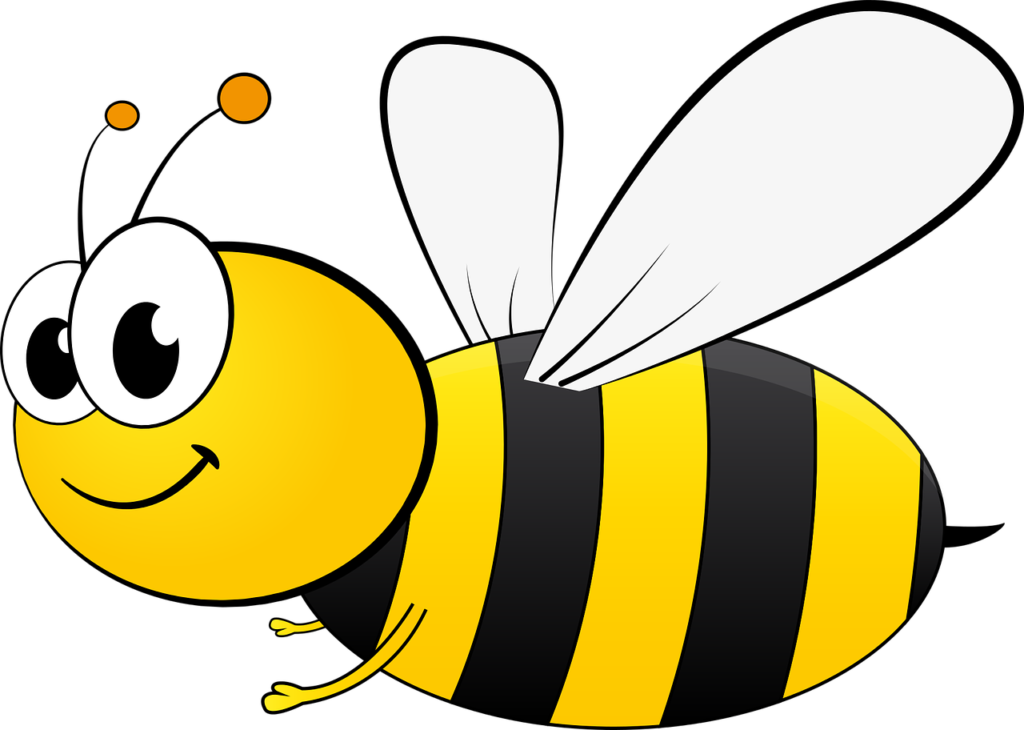
Bees- are perfectionists and hard workers. They want to make sure that the project is done perfectly and efficiently. They differ from the Lion in that they are more concerned with the details of the project as opposed to whole dynamics of the group and maintaining the task. At their best they catch small mistakes in the group, organize information effectively, and make sure it is cohesive. At their worst, they can get hyper focused on the perfectionistic details of the project and are unable to move forward until they feel that the “issues’ have been addressed.
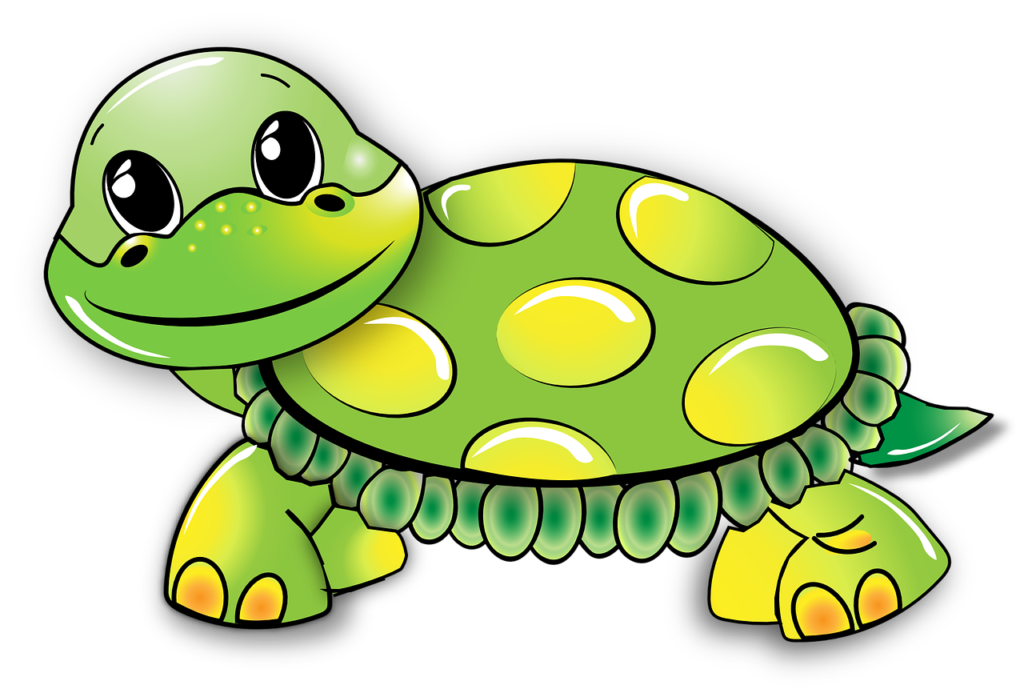
Turtle- are very introverted and prefer to work independently. They are often reflective and may consider other ways to solve the project. They can take time to reflect on the problem and share information with the team once they feel the confidence and support within the group. At their best they can be introspective of the project, take some time to reflect on what needs to be done, and quietly share within the group. At their worst, their desire to work independently is so important to them that they are disinterested in sharing with other students of the group, thus limiting their great ideas and insights from others.
While these are not the only personalities in group dynamics, these are the top five most frequent group dynamics that I have seen in the classroom. Want to know more about navigating groups, including how to identify students, how to create successful groups, how to assess success in groups, and how to empower students to be effective within groups, check out my mini course here.